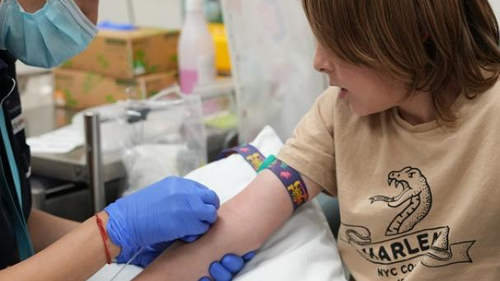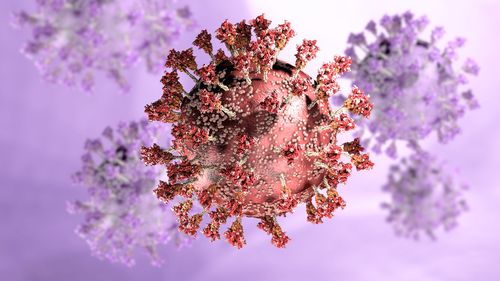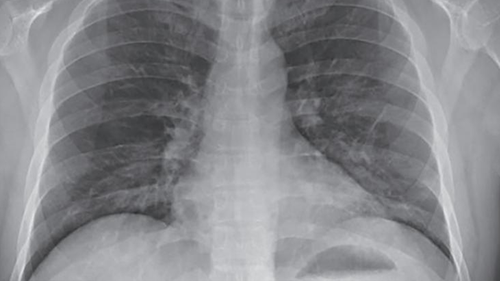Two surveys examined blood samples, known as a serosurvey, in children and adolescents, with the other focusing on adults.
The children and adolescents survey found at least 64 per cent of people aged 19 and below had antibodies suggesting they had been infected with the virus.

In unvaccinated children aged one to four, approximately eight out of 10 had evidence of past infection.
The child and adolescent study was led by the Paediatric Active Enhanced Diseases Surveillance (PAEDS) Network and the National Centre for Immunisation Research and Surveillance (NCIRS), in collaboration with Victorian Infectious Diseases Reference Laboratory.
A total of 2046 blood samples were tested, having been collected between June and August this year.
Dr Archana Koirala, an infectious disease specialist at NCIRS and the paediatric study lead, said the findings are more than double the number of cases reported based on nose and throat swab testing for the virus.

“Overall, this study tells us that at least two-thirds of children in Australia have had COVID-19,” she said.
“This is expected, since many children have either mild or no symptoms and are therefore not tested for the virus.
“By looking at both vaccination status and history of infection in our study we found that four out of 10 children with no reported history of COVID-19 in fact were positive for antibodies, indicating infection.”
Read Related Also: Two killed in Canada as remnants of deadly Hurricane Fiona cause ‘immense’ devastation
Antibodies wane over time, meaning the true number of COVID-19 infections in children could be much higher.

Koirala said the findings of the serosurveys highlight the importance of vaccinations.
“Vaccination reduces the risk of developing severe disease if infected with the virus and should continue to be taken up according to current national recommendations that have been informed by these data,” she said.
The adult serosurvey, led by the NCIRS with the Kirby Institute and the Australian Red Cross, found at least 65 per cent of adults had antibodies indicating previous COVID-19 infection, a similar rate to the children studied.
That was a rise of about 20 per cent from a study three months earlier, with researchers believing those people had been exposed to the virus in the intervening months.
The highest prevalence was in the 18-29 age group, with 80 per cent indicating previous COVID-19 infection.
That decreases to 42 per cent in those aged 70.
The adult survey was conducted by analysing residual blood donations at three-month intervals, with infection rates similar across all states and territories.









